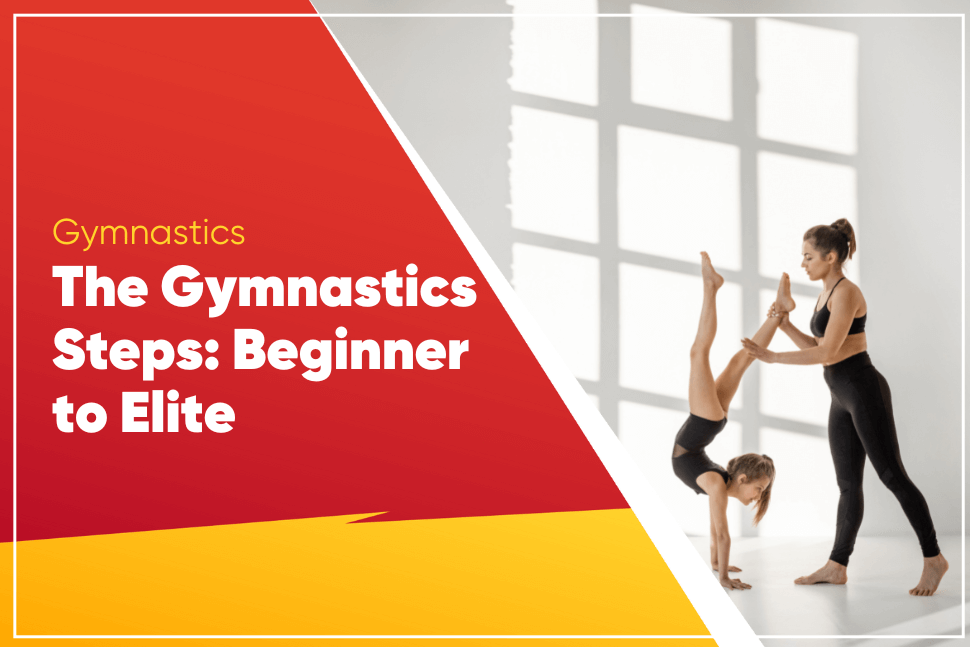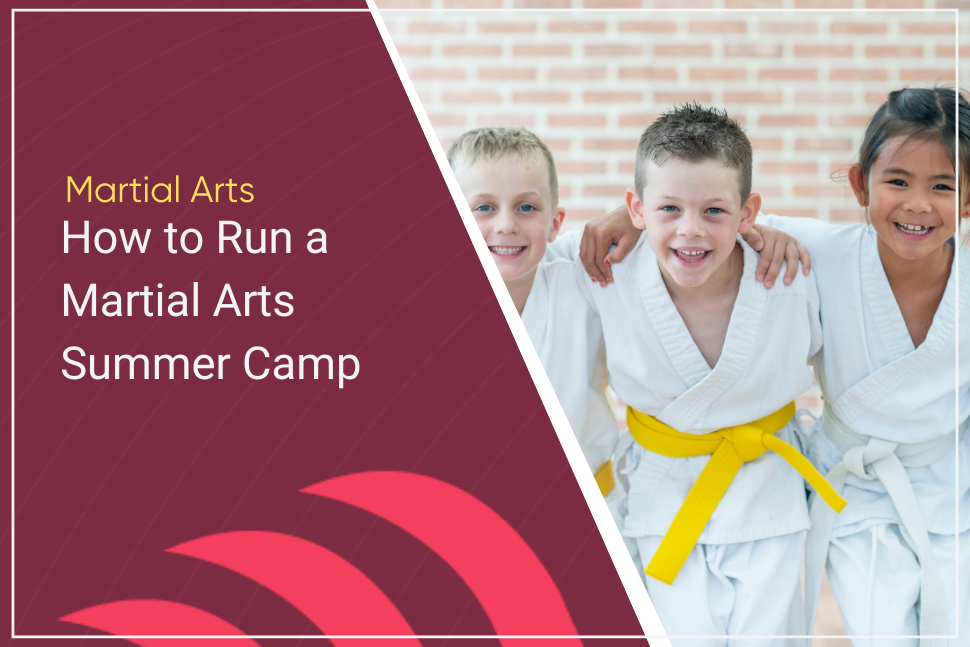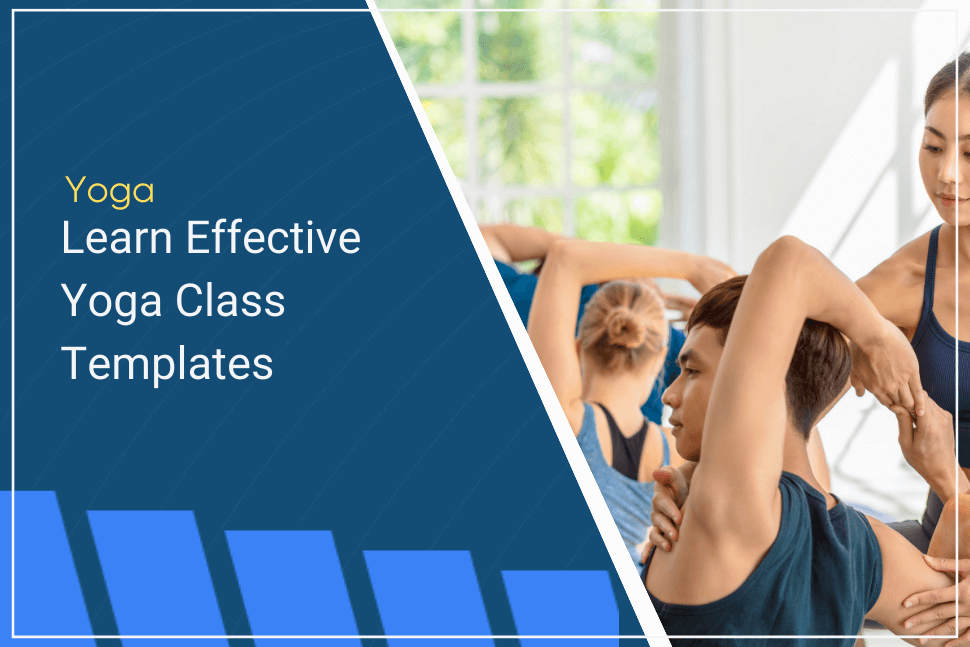Gymnastics is both a sport and a recreational activity. It is common for preschool-age children to start in gymnastics before moving on to other sports as they get older. Gymnastics skills help athletes build strength, coordination, flexibility, and body awareness. These capabilities prepare children to do well in any other sport, or they may continue pursuing advanced gymnastics.
Most gymnastics facilities follow guidelines set up by USA Gymnastics, the main governing body for amateur and competitive gymnastics in the United States. USA Gymnastics divides its program into Levels 1-10, with each level having certain skills and movements that an athlete needs to have mastered. Levels 1-3 are the beginner levels, with the focus being on athletes learning the building blocks for more complex movements.
The benefit of a tiered structure is that athletes will not be working on movements and skills that are above their current fitness level. This keeps athletes safe and practicing at their level. By mastering basic movements before moving on, athletes will have a strong foundation to be the best gymnast possible.
Building Blocks of Gymnastics Skills
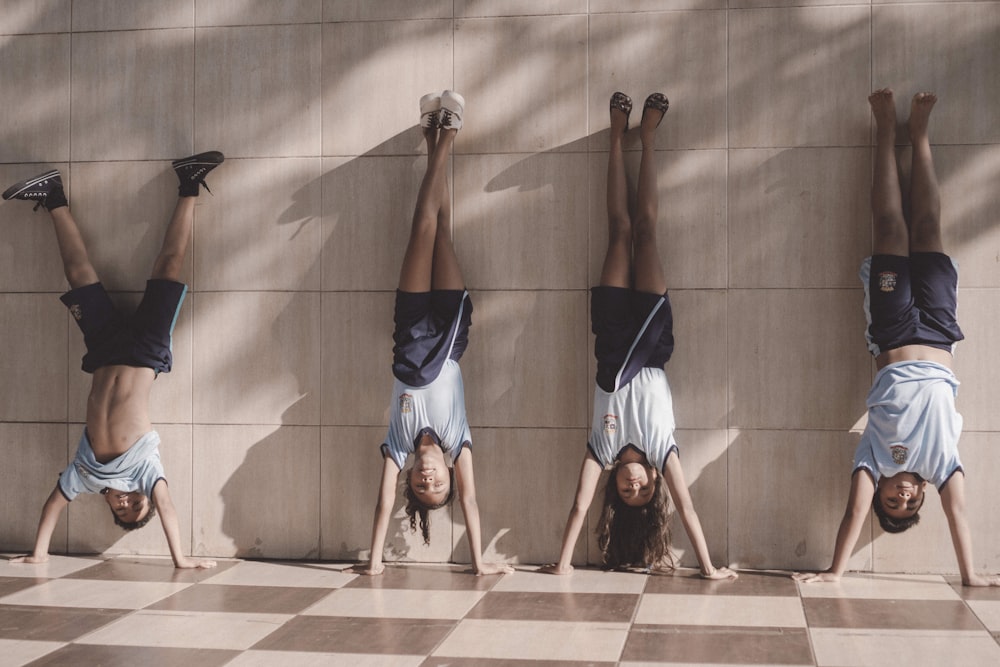
Some of these movements might seem painfully simple, but they are essential in building up to the more complex gymnastics skills.
Straddle Sit: The straddle sit is performed with the athlete sitting on the ground. With toes pointed, they should move their legs outward until they reach a position that is comfortable but stretching. This position is used as a jump on the floor, during bar routines, and on the trampoline.
Hop: The important part of an athlete learning to hop is the ability to land safely. Using both feet, athletes should jump on a flat surface and land with soft knees. Progression of the movement includes hopping from higher surfaces to lower surfaces and onto small platforms.
Multiple Jumps: After successfully learning how to safely hop, athletes should practice jumping consecutively. The landing should be done with soft knees to absorb the impact and the athlete should immediately hop back up into another jump.
Standing on One Foot: Single-leg balance is important for complex gymnastics movements. An athlete will start by learning to stand steady on one foot. Eventually, that single-leg balance will help the athlete perform floor and beam routines.
Half-Turn Jump: Many complex movements require a gymnast to jump or flip and land facing backward. The basic half-turn jump is the simplest version. Athletes will practice jumping from a standstill and rotating their bodies 180 degrees before safely landing.
Tuck Jump: Learning how to do a tuck jump will prepare an athlete to be able to perform a forward or backward tuck flip. Instead of just jumping up with straight legs, the athlete will bring their knees to their chest and grip them with their arms before safely landing.
Log Roll: The log roll is performed by an athlete laying down in a hollow body position (arms, head, and legs slightly elevated off the mat) and using their hips to rotate their body face down. Their head, arms, and legs should remain off the mat for the entirety of the movement. Log rolls build core strength and body control.
Bridge: Sometimes called a backbend or a back bridge, the bridge is the first step in learning how to bend backward with speed and load. Athletes will perform a bridge by lying on their backs. They will place their hands palm-down on the side of their head. While pressing out, the athlete lifts their back off the ground until their body is a rainbow shape.
Tripod: The tripod is the first step in learning how to do a headstand. The athlete should crouch on the ground and place their hands down. Next, they should place the top of their head on the ground, forming a triangle with their hands and head. Then, the athlete will lean forward and balance their knees on their elbows so that their hands and head are the only body parts making contact with the mat.
Basic Somersault (Forward Roll): Children seem to master this playful move very quickly. Knowing how to somersault allows an athlete to safely fall out of a handstand or other movement when necessary. To perform a basic or forward somersault, the athlete will crouch down, place their hands on the mat, tuck their head, and slowly shift their body weight forward. As their body rolls forward, the athlete should sit and then stand to finish the movement.
Backward Roll: Similar to a somersault or forward roll, the backward roll begins with the athlete crouching on the mat. Instead of placing their hands down, they will place their palms up on their shoulders. The athlete begins by sitting on the ground and rolling back with their knees close to their chest. Once the shoulders reach the mat, the athlete uses their hands to push their legs over their body and the movement finishes in the standing position.
Basic Gymnastic Skills
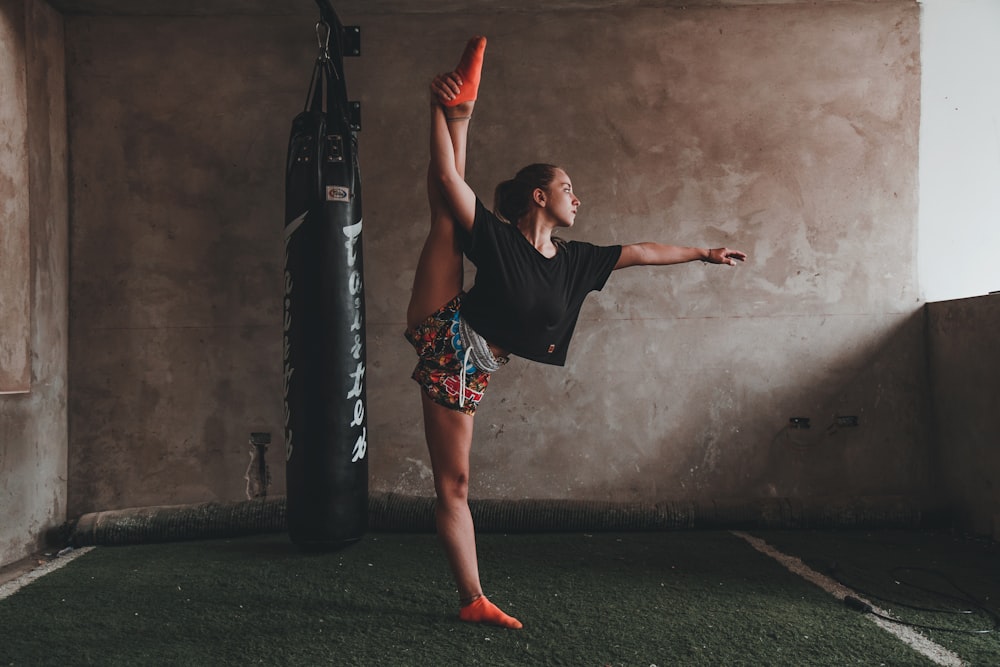
Once a gymnast has worked on mastering the building blocks of gymnastic movements, they can begin working on some basic gymnastic skills. The simple skills will vary between males and females since they participate in some different events. Different athletes will progress at different rates. Some may need to spend extra time mastering the building blocks, some may quickly progress onto advanced movements, and many will work on both skill sets simultaneously.
Handstand: The handstand is a well-known gymnastic movement. An athlete stands on their hands with their legs up in the air. To progress onto more complex movements, a gymnast must be able to stand on their hands comfortably for an extended period.
Cartwheel and Roundoff: For floor, beam, and vault events, the ability to a cartwheel and roundoff are absolutely necessary. A cartwheel is when an athlete stands before quickly placing one hand on the ground, then the other, before shifting their weight onto both hands. After swinging their legs over their body, each foot will land consecutively with the athlete facing the opposite direction that they started. A roundoff follows the same movements, but the feet land at the same time. Roundoffs are commonly used at the start of a tumbling combination.
Splits: The splits are necessary for gymnasts to have adequate flexibility to complete the required movements at higher levels. To successfully do the splits, a gymnast should be able to place their legs to the side or one forward/one back completely. Elite athletes are expected to do the splits during event routines.
Turn on One Foot: Also known as a pirouette, turning on one foot seems simple, but it can be a difficult movement. It takes a lot of balance and skill to be able to turn 360 degrees on one foot. Turning on one foot is done during beam and floor routines.
Front and Back Handspring: Other than the roundoff, the front and back handsprings are some of the most common movements in tumbling routines. A handspring is achieved when an athlete places both hands on the ground at the same time and then throws their legs over their body. Both feet hit the ground at the same time. Multiple handsprings can be strung together in a routine.
Cast: A cast is when a gymnast on a bar pushes their body away from the bar. The movement starts with the athlete holding the bar with their arms straight and the bar placed near the hips. The athlete pushes their body away from the bar while maintaining straight arms. A basic cast is just pushing the hips away from the bar and the movement can be advanced all the way into a handstand on the bar.
Advanced Gymnastics Skills
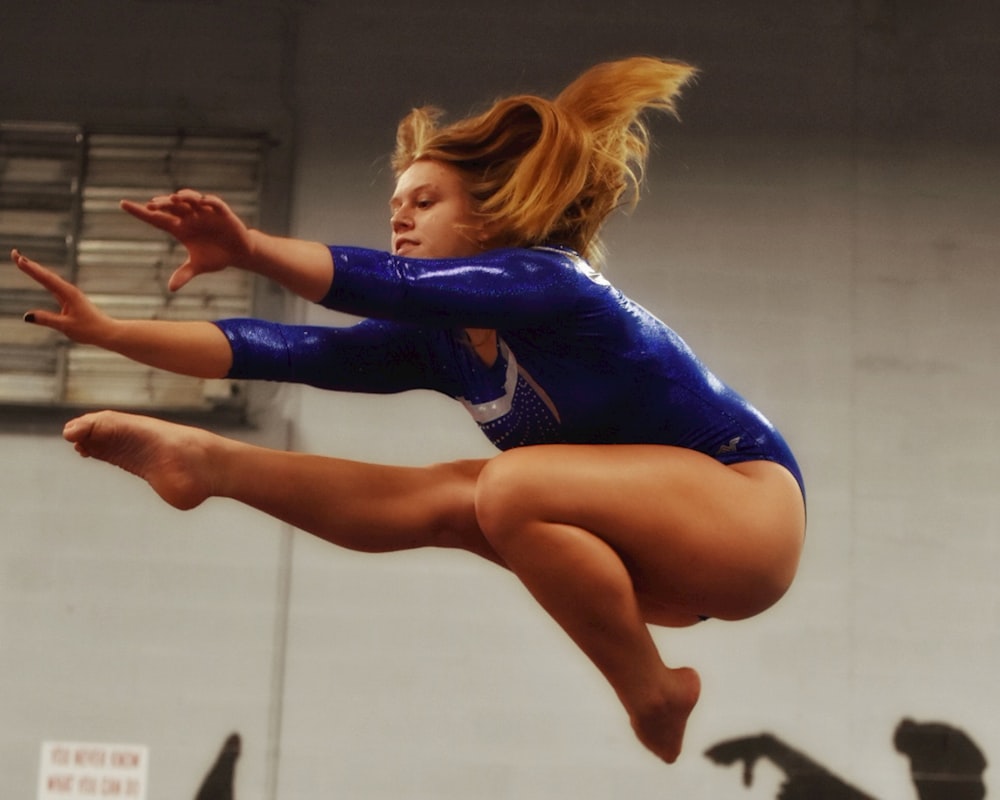
Once you’ve mastered the basics, it’s time to focus on your advanced skills.
Complex gymnastics movements encompass advanced skills requiring a high level of proficiency and precision. Mastering fundamental movements is crucial before progressing to these complex skills, ensuring a solid foundation and reducing the risk of injury.
Advanced moves focus on taking the basics you have already developed and taking them to the next level.
For example, once you have mastered getting your legs straight in the handstand position, advancing that move would focus on moving one leg, while remaining balanced and in control.
Advanced Tumbling: In this complex movement, gymnasts execute dynamic and intricate sequences of flips and twists, showcasing a high level of skill and agility essential for elite-level floor routines. Once a gymnast has nailed the basics, such as forward rolls, or the tuck position, you can build on those foundations with more advanced gymnastics moves, taking tumbling to the next level.
Release and Regrasp: High-level bar routines involve releasing from and regrasping the apparatus, demanding precision, strength, and timing as gymnasts navigate through challenging combinations on the uneven bars. These moves also require significant upper body strength, which is why additional strength work is so important for your athletes.
Acrobatic Beam Combinations: Gymnasts display artistry and precision on the balance beam by seamlessly combining intricate acrobatic elements, showcasing both technical skill and expressive flair.
Precision Vaulting: Precision vault techniques involve executing advanced entries and landings with impeccable timing and control, emphasizing the gymnast’s ability to perform complex maneuvers with accuracy.
Twisting Beam Dismounts: Executing flawless dismounts on the balance beam with twists and rotations adds an extra layer of complexity, requiring advanced technique and spatial awareness. When looking at technique tips, people often focus on how they can improve mid-routine skills, but don’t allow your gymnasts to neglect their dismount work, as that is the difference between a good and a great routine.
Intricate Floor Routines: Advanced floor exercise routines feature intricate choreography, blending powerful tumbling passes with expressive dance elements, highlighting the gymnast’s versatility and artistic expression. Mastering how to transition from move to move is often forgetten, but it is a huge element of any advanced floor routine.
USA Gymnastics Levels

USA Gymnastics is the governing body for gymnastics in the United States. There are other leagues that athletes can participate in, including the Amateur Athletic Union (AAU). However, most leagues follow the USA Gymnastics levels or a similar system.
All athletes can participate in USA Gymnastics programs and events. At the highest level, USA Gymnastics oversees Olympic and World Championship gymnasts. To become an Olympic gymnast representing the United States, athletes must complete all 10 levels to become an Elite gymnast or participate in the Talent Opportunity Program (TOPS).
The levels are based on an athlete’s ability to master certain movements. Competitions for each level will have required movements aligned with that level’s prerequisite movements. Some levels also have age requirements.
For simplicity in this article, the following information is based on women’s gymnastics. At a young age, classes are typically co-ed. Since men and women compete in different types of gymnastics events, classes are divided as athletes become more advanced.
Gymnastics Skills By Level
Level 1
Level 1 is the introductory gymnastics level. It is an optional level and does not compete. Level 1 classes are commonly taught to preschoolers and beginners for recreational purposes. Coaches should focus on teaching the building blocks and basics while building strength and flexibility.
Some of the required level 1 skills include:
- Handstand and fall onto a flat back
- Underswing bar dismount
- Cast
- Arabesque to 30 degrees on the beam
- Stretch jump on the beam
- Cartwheel
- Backward roll
Level 2
Level 2 is another optional gymnastics level. Some gyms may choose to compete at level 2, but typically this is still a beginner or recreational level. At this level, many gymnasts are still quite young and learning the sport.
Some of the required level 2 skills include:
- Glide swing on the bars
- Back hip circle on the bars
- Cartwheel to side handstand dismount on the beam
- Handstand for at least 1 second
- Bridge with kickover
Level 3
Level 3 is the last beginner and optional level. While competition is not required, this is the first level where it is typically offered. In addition to performing the required skills, athletes must also be at least 6 years old to compete.
Some of the required level 3 skills include:
- Handspring over a raised surface
- Kip on bar
- Front hip circle on bar
- Leap with 90-degree split on beam
- Handstand on beam
- Roundoff back handspring
Level 4
Level 4 builds upon the skills learned in level 3. This is a compulsory level, which means that every gymnast competes with an identical, predetermined routine. Gymnasts will not yet use a vault or the upper bar on the uneven bars. Athletes must be at least 7 years old to move onto level 4.
At this point, coaches will be able to see which athletes have the potential to compete at the highest levels. There is still a lot to learn, but advanced gymnasts will pick up new skills quickly.
Some of the required level 4 skills include:
- Front handspring
- Cast to horizontal on bars
- Split leap with 120-degree separation on beam
- Back walkover
- Roundoff double back handspring
Level 5
Level 5 is another required competition level. Just like level 4, every gymnast will perform the same routine in competition. For an athlete to move up to level 5, they must be at least 7 years old, complete the required skills, and score a 34 AA at a level 4 gymnastics meet.
Some of the required level 5 skills include:
- Long hang kip on bars
- Flyaway dismount on bars
- Back walkover on beam
- Back tuck dismount on beam
- Front tuck
- Aerial cartwheel
- Roundoff back handspring back tuck
Level 6
Coaching is important at every gymnastics level, but level 6 is where a great coach can make all the difference for an athlete. In level 6, athletes (along with their coaches or a choreographer) create their own routines for competition.
In competition, gymnastic skills are graded from A (easiest) to E (hardest). In level 6, gymnast routines must include 5 A skills and 1 B skill. They must still be able to perform all the required skills for level 6.
Some of the required level 6 skills include:
- Tsukahara entry onto vault
- Yurchenko onto vault
- Cast to 45 degrees above horizontal on bars
- Bar change on uneven bars
- 360-degree turn on one foot on beam
- Acro series on floor with two flight elements
- Dance pass on floor with 2 leaps
Level 7
To compete at level 7, gymnasts must complete all the required skills. However, if an athlete scores a 32 AA at a level 5 meet, they may skip level 6 and move immediately into level 7. Level 7 routines must include 5 A skills and 2 B skills.
Some of the required level 7 skills include:
- Cast to handstand on bars
- Salto dismount
- Acro flight skill on beam
- Aerial dismount on beam
- Backwards acro series with flight element
- Dance pass with a 180-degree split leap
Level 8
To compete at level 8, athletes must be at least 8 years old. Athletes have creative control over their routines but must hit 4 A skills and 4 B skills in their routines. The skills are graded and evaluated based on the Code of Points book.
Now in advanced competition, coaches are working with high-level gymnasts. At this level, athletes could be anywhere from 8-18 years old. Coaches should keep this in mind and adjust their coaching style to be appropriate for the age of the athletes.
Some of the required level 8 skills include:
- Front handspring vault
- B skill with flight on bars
- 180-degree split jump on beam
- Acro series with flight on beam
- Three unique saltos on floor
Level 9
Level 9 is the second highest level before becoming an elite gymnast. Athletes must be at least 9 years old. In addition to completing the required skills, athletes must score 34 AA at a level 8 gymnastics meet. The routines must include 3 A skills, 4 B skills, and 1 C skill.
Since the advanced levels allow athletes to create their own routines, there is a wide range of movements that will satisfy the skill requirements. Look at the Code of Points for the latest skill information.
Some of the required level 9 skills include:
- Approved level 9 vault
- 2 bar changes on uneven bars
- C skill on bars
- Acro series with two flight elements on beam
- 360 degree B skill turn on one foot on floor
Level 10
Level 10 is considered pre-elite for gymnasts. Athletes must be at least 9 years old, complete the required skills, and score a 34 AA at a level 8 competition.
Routines must include 3 A skills, 3 B skills, and 2 C skills.
Some of the required level 10 skills include:
- Approved level 10 vault
- C skill with flight on bars
- C skill dismount on bars
- C skill salto on floor
Elite Level Gymnastics Skills
Serious gymnasts dream of joining the elite level during their career. Elite athletes have the opportunity to compete in professional events and represent the United States at the Olympics and World Championships.
Frequently Asked Questions
What are the 4 parts of gymnastics?
In women’s gymnasts, the athletes compete in four different events: vault, uneven bars, floor, and balance beam.
What are the rotations in gymnastics?
Women and men compete in different rotations as gymnasts. Women compete in vault, uneven bars, floor, and balance beam. Men compete in floor, pommel horse, rings, vault, parallel bars, and horizontal bars.
What is the first step in gymnastics?
It may sound cheesy, but the first step in gymnastics is getting into the gym. There are hundreds of steps and skills to master on your way to becoming an elite gymnast. Coaches should remember that the first step for any gymnast is coming to the gym and getting started.
Final Thoughts
As a gymnastics coach or gym owner, it is important to remember that there is a lot for your athletes to learn. That is what makes gymnastics such a fantastic sport. For most athletes, there is always a new skill to learn or a way to improve. Drill in the basics so that your athletes have the best foundation to become strong, competitive gymnasts who feel confident in their skills.
To ensure each level is accommodated for and that each member of your gym feels like they are progressing, try to put on classes of each level, monitoring member progress and moving them up when they are ready.
This could be done by running 12 week training cycles, allowing athletes to tick off essential movements for each level as they progress. This approach gives your athletes something to chase after which keeps them motived, while allowing you to track and document progress.
 Gym Owner Statistics: The State of Gyms, Member Trends, and Usage Data
Gym Owner Statistics: The State of Gyms, Member Trends, and Usage Data
